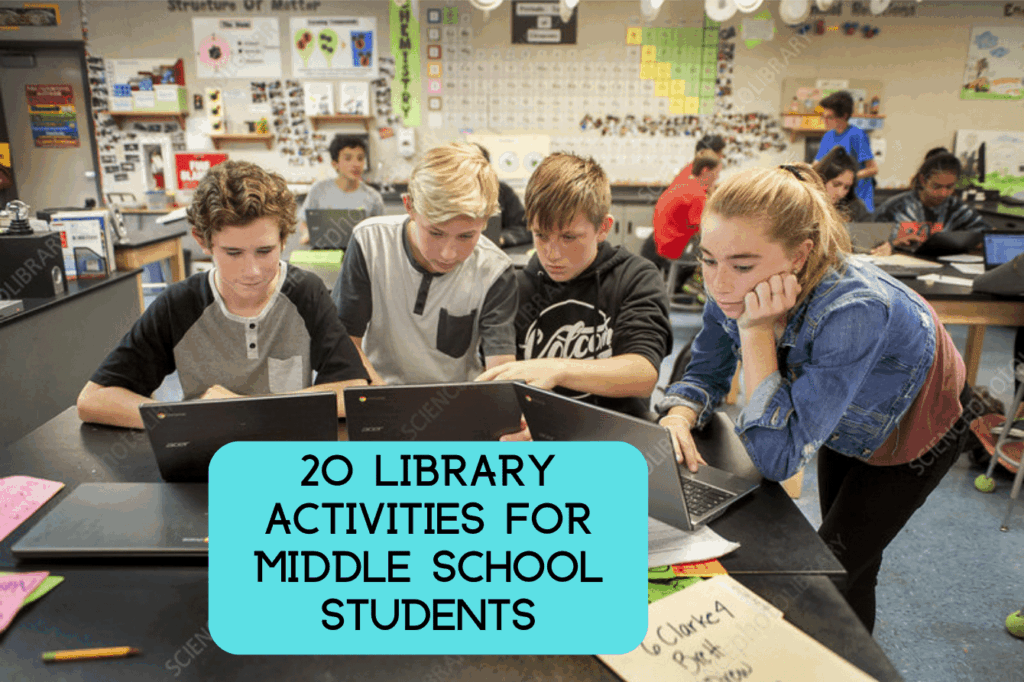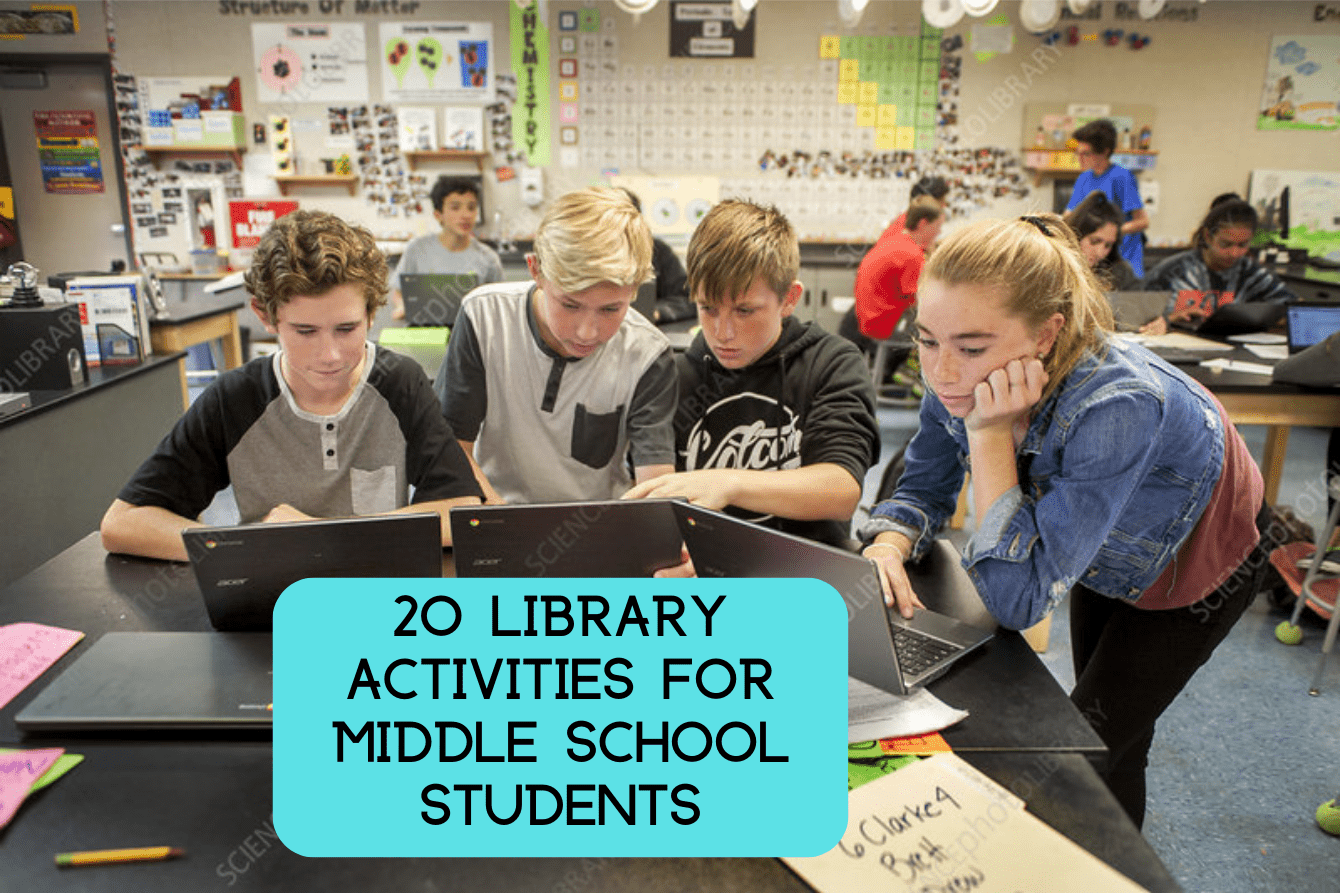
Navigating the Challenges and Triumphs: Understanding Middle School Students
Middle school is often described as a transitional period, a bridge between the relative simplicity of elementary school and the increasing complexity of high school. For middle school students, this phase is marked by significant physical, emotional, and intellectual changes. Understanding the unique challenges and triumphs these students experience is crucial for educators, parents, and anyone involved in their development. This article aims to provide a comprehensive overview of the middle school student experience, offering insights into their academic, social, and emotional needs.
The Academic Landscape for Middle School Students
Academically, middle school students face a more demanding curriculum compared to their elementary years. They are introduced to more abstract concepts, advanced problem-solving techniques, and a wider range of subjects. This transition requires them to develop stronger study habits, time management skills, and critical thinking abilities. Educators play a vital role in fostering these skills and creating a supportive learning environment. The curriculum also needs to be engaging and relevant to the middle school student‘s interests to maintain their motivation and enthusiasm for learning. Many schools are incorporating project-based learning and technology integration to make learning more interactive and applicable to real-world scenarios. The shift from a single teacher in elementary to multiple teachers in middle school can also be challenging for some middle school students.
Addressing Learning Styles and Needs
Recognizing and addressing diverse learning styles is paramount in middle school. Some students are visual learners, benefiting from diagrams, charts, and videos. Others are auditory learners, thriving in discussions and lectures. Kinesthetic learners learn best through hands-on activities and experiments. Effective teaching strategies incorporate a variety of methods to cater to these different learning styles. Furthermore, some middle school students may have specific learning needs, such as dyslexia, ADHD, or other learning disabilities. Providing individualized support, accommodations, and modifications is essential to ensure that all students have the opportunity to succeed. [See also: Supporting Students with Learning Differences]. Early identification and intervention are crucial for addressing these needs effectively.
The Social and Emotional World of Middle School Students
The social and emotional landscape of middle school is often described as a rollercoaster. Middle school students are navigating complex social dynamics, forming their identities, and dealing with intense emotions. Peer relationships become increasingly important during this stage, and the desire to fit in can be overwhelming. Bullying, both in-person and online, can be a significant issue. Schools need to implement comprehensive anti-bullying programs that promote empathy, respect, and bystander intervention. Furthermore, fostering a positive and inclusive school climate is essential for creating a safe and supportive environment for all students. The development of social skills, such as communication, conflict resolution, and teamwork, is also crucial for navigating the social challenges of middle school.
Navigating Identity and Self-Esteem
Middle school is a time of significant identity exploration. Students are beginning to question who they are, what they believe in, and where they fit in the world. This process can be confusing and challenging, leading to feelings of insecurity and self-doubt. Self-esteem can fluctuate dramatically during this period, influenced by peer pressure, academic performance, and physical appearance. It is important for adults to provide middle school students with positive reinforcement, encouragement, and opportunities for success. Helping students identify their strengths, develop their talents, and pursue their passions can boost their self-esteem and sense of purpose. [See also: Building Self-Esteem in Adolescents]. Open communication and a supportive environment are vital for helping middle school students navigate the challenges of identity formation.
The Physical Changes of Middle School Students
Puberty is a major physical change that impacts middle school students. This stage can bring about various changes, including growth spurts, hormonal fluctuations, and the development of secondary sexual characteristics. These changes can be both exciting and confusing for middle school students. It is important to provide them with accurate and age-appropriate information about puberty and sexual health. Open communication and a safe space to ask questions are essential. Furthermore, promoting healthy habits, such as regular exercise, balanced nutrition, and adequate sleep, is crucial for supporting the physical and emotional well-being of middle school students.
Addressing Health and Wellness
Beyond puberty, other health and wellness concerns can impact middle school students. Mental health issues, such as anxiety and depression, are increasingly prevalent among this age group. Early identification and intervention are crucial for addressing these issues effectively. Schools should provide access to mental health services, such as counseling and therapy. Promoting mental health awareness and reducing the stigma associated with mental illness are also important steps. Additionally, promoting healthy eating habits and physical activity is essential for preventing obesity and other health problems. Educating middle school students about the dangers of substance abuse is also crucial for promoting their long-term health and well-being. Many middle school students are also dealing with the rise of social media and the negative impacts it can have on their self-esteem and body image. It is important to teach them how to use social media responsibly and critically.
Strategies for Supporting Middle School Students
Supporting middle school students requires a collaborative effort between educators, parents, and the community. Educators can create a supportive learning environment by implementing engaging teaching strategies, providing individualized support, and fostering positive relationships with students. Parents can support their children by providing a stable and nurturing home environment, communicating openly, and staying involved in their education. The community can provide resources and opportunities for middle school students to engage in extracurricular activities, volunteer work, and other enriching experiences. [See also: Partnering with Parents for Student Success]. By working together, we can help middle school students navigate the challenges and triumphs of this transitional period and prepare them for future success. The key is understanding the unique needs of middle school students and providing them with the support and resources they need to thrive.
The Role of Technology
Technology plays a significant role in the lives of middle school students. While technology can be a valuable tool for learning and communication, it also presents challenges. Cyberbullying, social media addiction, and exposure to inappropriate content are all concerns that need to be addressed. Educators and parents need to work together to teach middle school students how to use technology responsibly and safely. This includes setting boundaries, monitoring online activity, and educating students about the risks of online interactions. Furthermore, technology can be used to enhance learning and engagement in the classroom. Interactive simulations, online research tools, and collaborative projects can make learning more dynamic and relevant for middle school students. It’s crucial to strike a balance between leveraging the benefits of technology and mitigating its potential risks.
Conclusion
Middle school is a critical period in a child’s development. By understanding the unique challenges and triumphs that middle school students face, we can provide them with the support and resources they need to thrive. This includes creating a supportive learning environment, fostering positive relationships, promoting healthy habits, and teaching them how to navigate the complexities of adolescence. With the right support, middle school students can successfully transition to high school and beyond, becoming confident, capable, and well-rounded individuals. The journey through middle school is a significant one, shaping the future adults they will become. Recognizing and addressing their needs is an investment in a brighter future.

